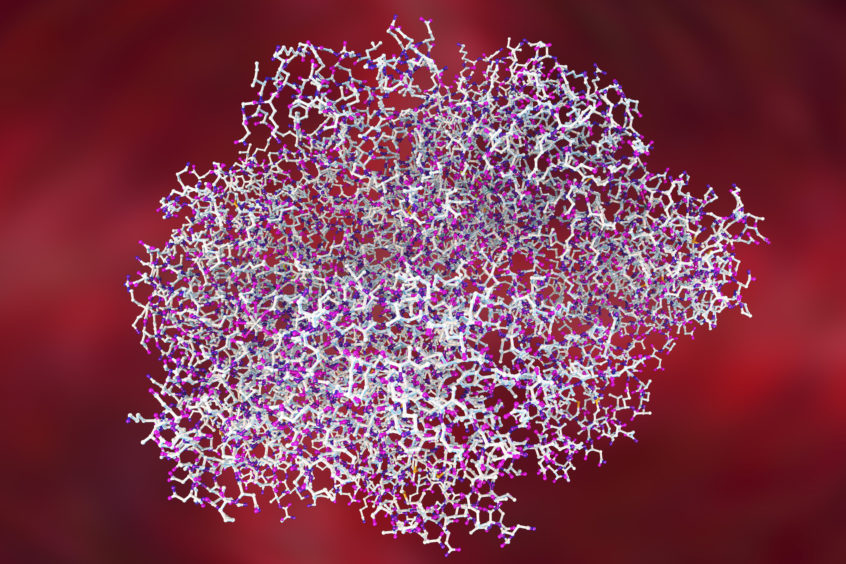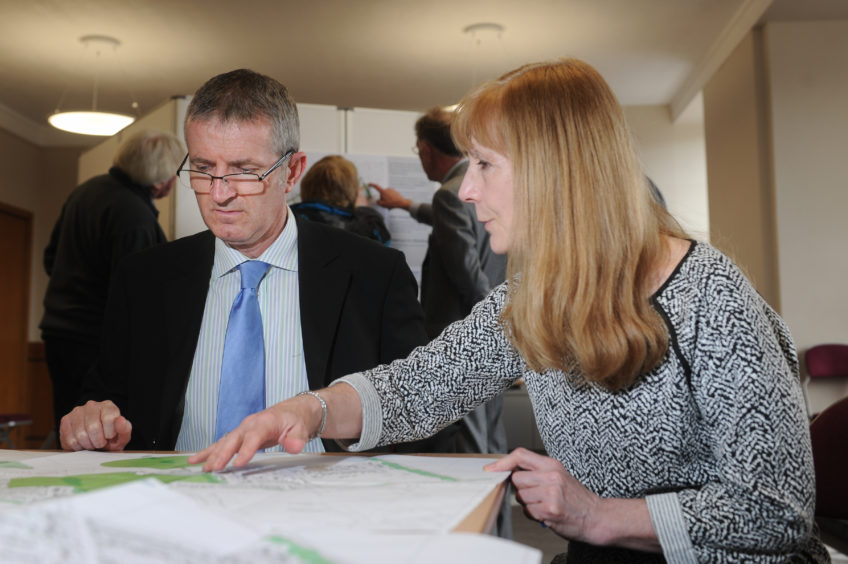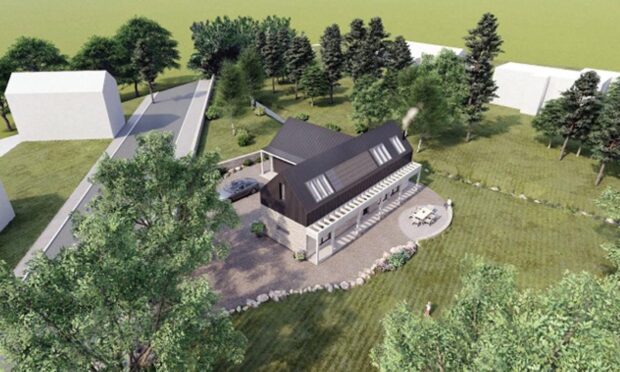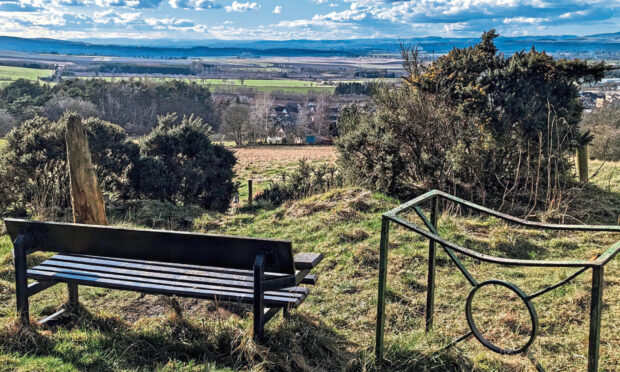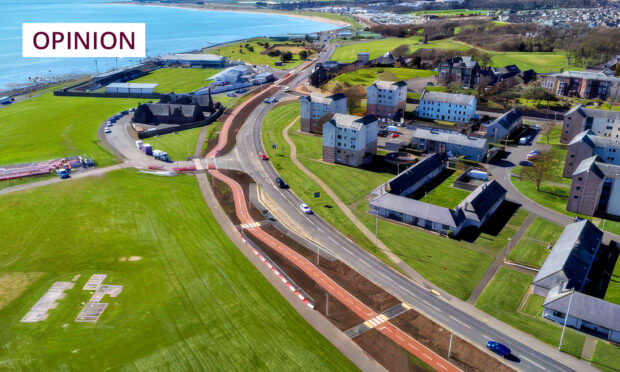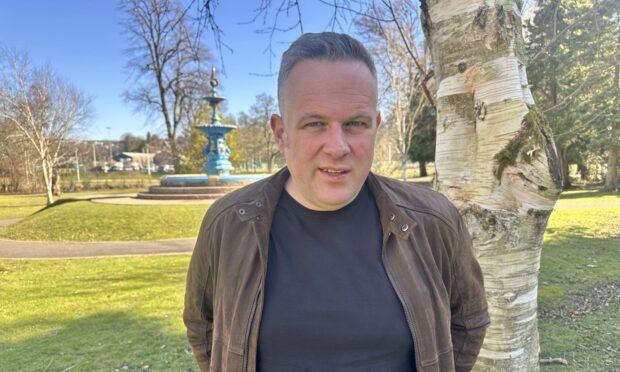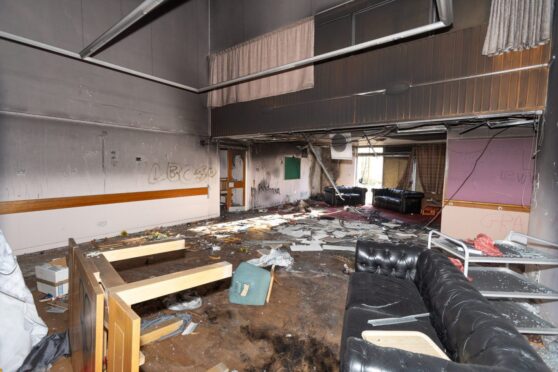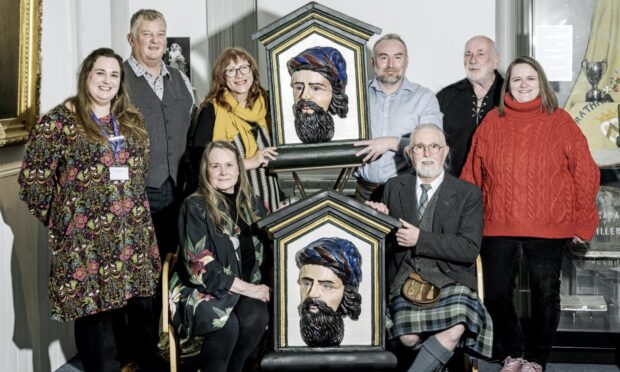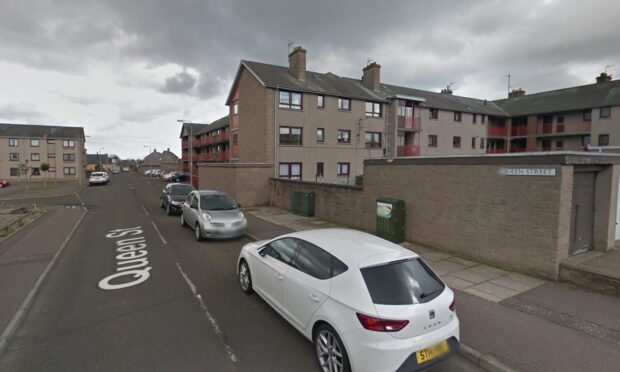Forfar’s biggest employer has objected to a proposed new 175-home development at the centre of anthrax fears.
Don & Low, whose factory is opposite the planning application site at Westfield, has objected due to concerns about the “potential future impact of the proposals on their existing and future business operations”.
The company, which has a turnover of £60m and employs around 450 people, said the noise exposure assessment was “deficient” and could leave the industrial premises liable to complaints made against them from the residents.
Oliver Munden from consultants Avison Young said it was an “unacceptable situation” in which to place the industrial estate “as a consequence of the potential residential development that they have no influence over”.
The Muir Homes proposal has also received an objection from Forfar-based Elite Homes which has warned of a “very real public health risk” from disturbing a historical anthrax burial site.
Carcasses of farm livestock which may have been infected with the disease were buried at Westfield around the 1940s or 1950s.
Muir Homes said soil sampling in the area surrounding the wooded zone to the south and west of Westfield Loan and was sent for expert analysis to identify potential risks.
Anthrax was not detected but Elite Homes said the contamination report acknowledges the historical anthrax burial site “requires further investigation”.
It expressed “significant concern” over what it described as the “inadequate” 30-metre exclusion area between the proposed new houses and the known area of anthrax ash burial remains.
The objection stated: “With the prevailing winds in the area from the west any disturbance of anthrax remains on site could prevent a very real public health risk for all residents of Forfar.
“Given the very real danger to human life from disturbing an anthrax burial site we suggest a much greater separation distance between a known anthrax burial site and proposed residential properties requires to be imposed than is suggested in the contamination report.
“Furthermore, even if nothing is to be built in the contaminated area, given the historic contamination, the area affected and the trees nearby cannot count towards useable open green space.”
Geo-environmental consultants Mason Evans, on behalf of the applicant, said its interpretations of the ground conditions were based “primarily on the information retrieved from the exploratory pits and bores sunk at the site during the investigations”.
It said: “While we have carried out some interpretation of the ground conditions between the exploratory locations, it should be recognised that soil and groundwater conditions can vary from point to point.
“As such, ground conditions at variance with those indicated by the exploratory pits/bores may exist in areas not investigated.”

